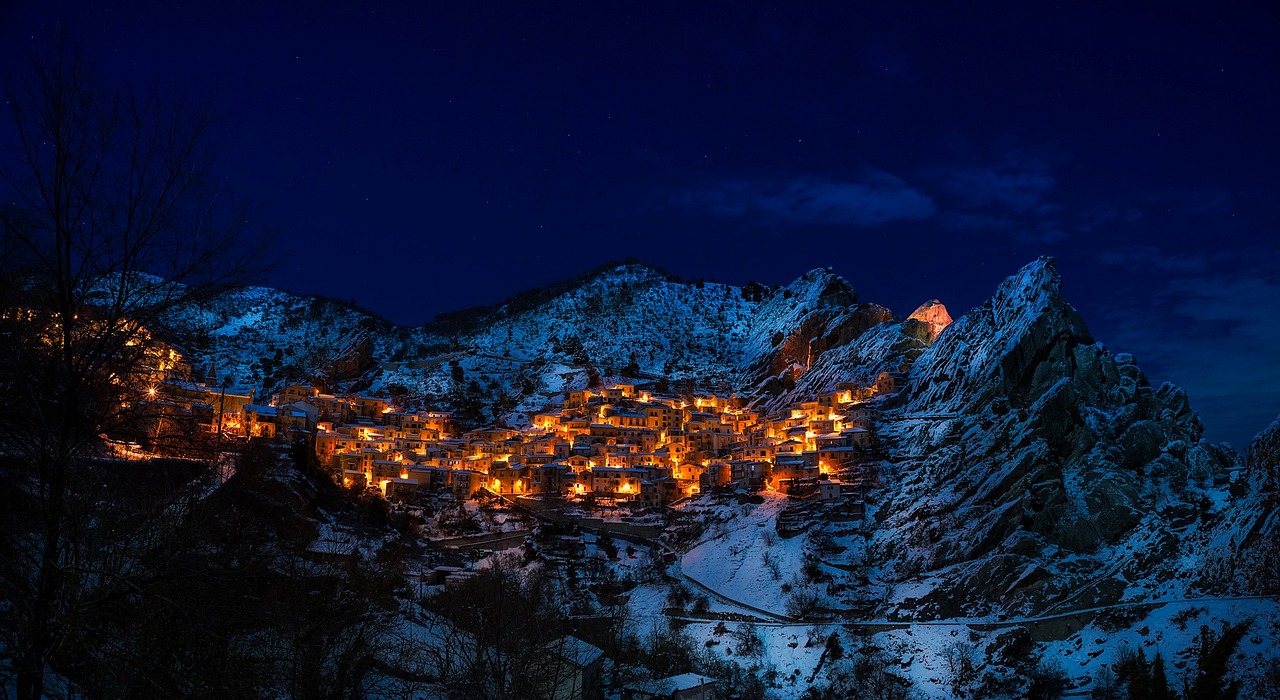Nestled in the idyllic village of Zlatna Livada, the St. Atanasius Monastery stands as a testament to the rich tapestry of European history. Like a time-worn sentinel, this hallowed sanctuary has withstood the ebb and flow of centuries, its ancient walls whispering tales of bygone eras. Established in 344 by the revered Saint Atanasius, it holds the distinction of being the oldest monastery in Europe. Situated along a crucial thoroughfare linking Constantinople and Serdika, it has witnessed the rise and fall of empires, embodying the resilience and endurance of the human spirit.
Beyond its historical significance, the St. Atanasius Monastery boasts a multitude of attractions and activities for the curious traveler. From the majestic fortress ruins that tower above the monastery to the nearby Christian water sanctuary, where the mystical powers of healing are said to reside, there is much to explore and discover. Adventurers can even ascend to the hermitage perched high among the rocks, seeking solace and contemplation.
With its doors open from dawn till dusk, the St. Atanasius Monastery offers a haven for those seeking respite and enlightenment. Accommodation can be arranged upon request, allowing visitors the opportunity to immerse themselves fully in the tranquil ambiance. Additionally, the monastery proudly houses an Egyptian icon of St. Atanasius, a testament to its enduring spiritual heritage.
For further information on this remarkable site and other recommended attractions in the area, the Tourist Information Center in Stara Zagora stands ready to guide and assist. Embark on a journey through time and history, and experience the freedom of exploration at the oldest monastery in Europe, the St. Atanasius in Zlatna Livada.
Key Takeaways
- St. Atanasius Monastery is believed to be the oldest monastery in Europe, established in 344 by Saint Atanasius.
- The monastery is located in the village of Zlatna Livada, 15 km from Chirpan, and is situated near an important road between Constantinople and Serdika.
- The monastery has a rich history, being built and demolished multiple times throughout history, with a new, large building constructed in the 1980s.
- The monastery is known for its Christian water sanctuary, with water from the monastery spring believed to have curing properties.
Location and History
The St. Atanasius Monastery, believed to be the oldest monastery in Europe, is located in the village of Zlatna Livada, 15 km from Chirpan, and has a rich history of construction and destruction throughout the years. Its significance lies in its location near an important road between Constantinople and Serdika, as well as its proximity to a Thracian nymph sanctuary which was converted into a Christian water sanctuary. The monastery’s architectural features include the remains of an important fortress situated above it, a hermitage in the rocks accessible to visitors, and a new, large building constructed in the 1980s. It is also known for the water from its spring, believed to have curing properties. The monastery’s history of being built and demolished multiple times showcases its resilience and enduring presence in the region.
Attractions and Activities
Situated in the village of Zlatna Livada, the St. Atanasius Monastery offers visitors a range of attractions and activities to explore. The monastery’s architecture is a significant attraction in itself, with its new, large building constructed in the 1980s. Additionally, the monastery has a rich history of being built and demolished multiple times throughout the centuries. Visitors can also witness various religious rituals that take place at the monastery. Two temple celebrations are held on February 18, May 2, and October 14, providing an opportunity for visitors to immerse themselves in the spiritual practices of the monastery. Moreover, the St. Atanasius Monastery offers accommodation upon request, allowing visitors to have an extended experience and fully explore the monastery and its surroundings.
Practical Information
Located in the village of Zlatna Livada, the St. Atanasius Monastery offers practical information for visitors to plan their visit. The monastery is open from 7:00 am to 6:00 pm, allowing ample time for exploration. Visitors can contact the monastery at +359 416 88 917 or +359 888 30 18 48 for any inquiries or to request accommodation. The monastery’s contact details ensure that visitors can easily reach out for assistance or to make arrangements. Furthermore, the monastery provides a unique and serene experience for visitors, with its peaceful surroundings and ancient architecture. The opportunity to explore the hermitage in the rocks above the monastery adds an element of adventure to the visit. Overall, the St. Atanasius Monastery offers a memorable experience for those seeking solace and spiritual connection.
Frequently Asked Questions
What is the significance of the Egyptian icon of St. Atanasius stored in the St. Atanasius Monastery?
What is the significance of the Egyptian icon of St. Atanasius stored in the St. Atanasius Monastery? This ancient icon holds religious and historical importance, symbolizing the connection between St. Atanasius and the monastery, while also representing the rich cultural heritage of the region.
How can visitors access the hermitage in the rocks above the monastery?
To access the hermitage in the rocks above the St. Atanasius Monastery, visitors can follow a designated path or trail that leads to the location. The exact location of the hermitage can be found by inquiring at the monastery or obtaining information from the tourist information center in Stara Zagora.
What are the dates of the temple celebrations at St. Atanasius Monastery?
The temple celebrations at St. Atanasius Monastery are held on February 18, May 2, and October 14. These dates hold significance for the monastery’s activities and traditions. Additionally, the monastery houses an Egyptian icon of St. Atanasius.
What are some other recommended attractions in the area besides the monastery?
Some recommended attractions in the area besides the St. Atanasius Monastery include the Neolithic Dwellings Museum in Stara Zagora, the Thracian Religious Cult Site near the village of Angel Voivoda, Haskovski Mineralni Bani, Belintash, and the Assumption Church in the Village of Uzundjovo. Visitors can also explore the local cuisine.
Can you provide more information about the Thracian nymph sanctuary that the monastery was built near?
The Thracian nymph sanctuary near the St. Atanasius Monastery holds great significance. It was transformed into a Christian water sanctuary and is believed to have been a source of healing. The monastery’s proximity to this sacred site adds to its historical and spiritual value.












